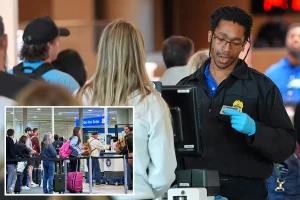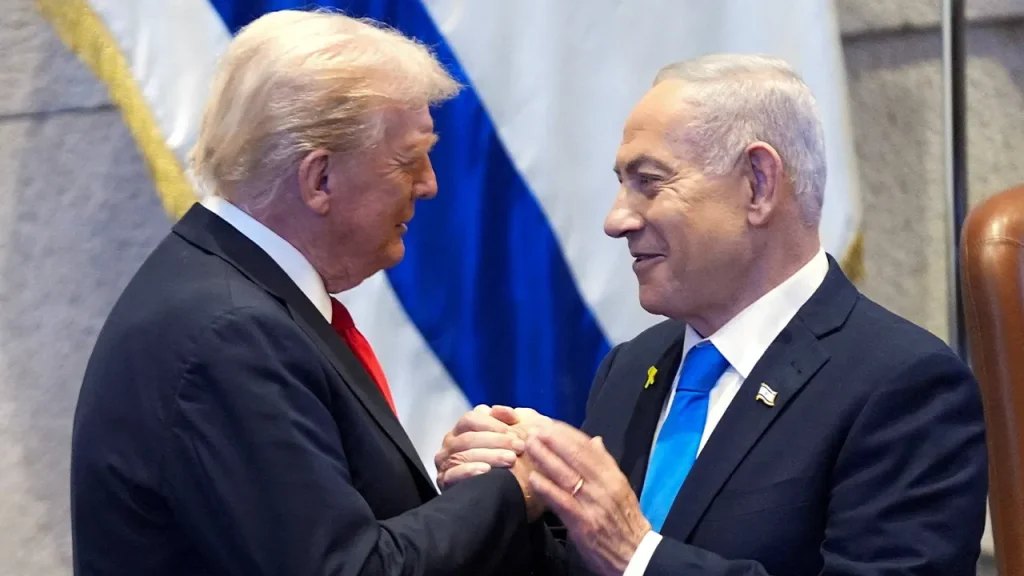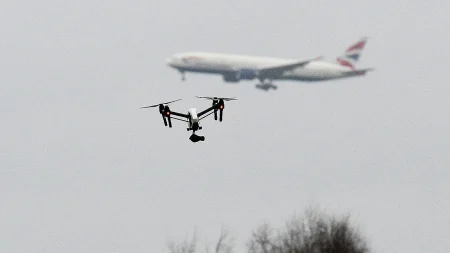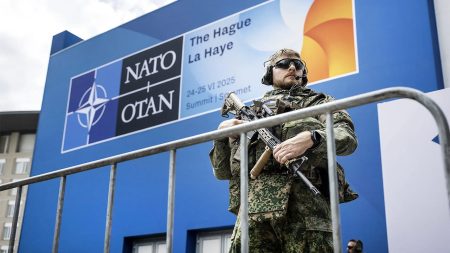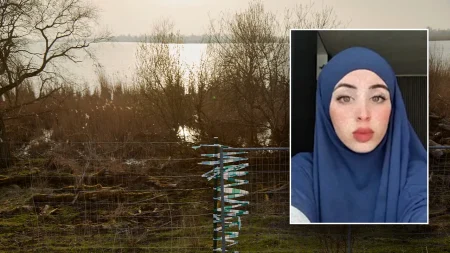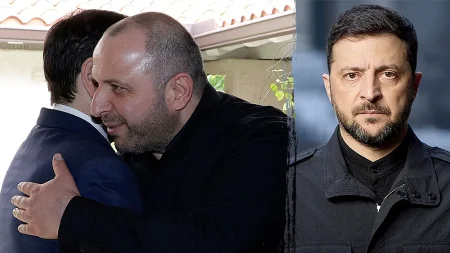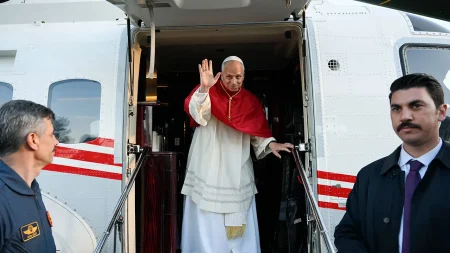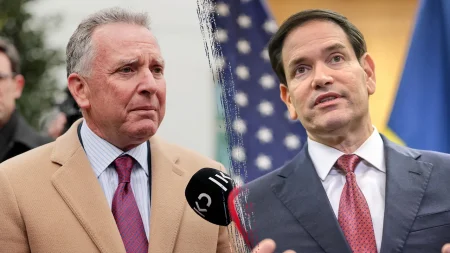U.S. Takes Lead in Gaza Peace Process as Israel-Hamas Ceasefire Begins
After more than two years of devastating conflict between Israel and Hamas, a significant ceasefire has finally taken effect. In a remarkable development, the United States has stepped forward to oversee the critical next phase of the peace deal, establishing a coordination center to manage humanitarian aid and the potential transition to stability in Gaza. As of Tuesday evening, all 200 U.S. troops designated for this mission had arrived in Israel, accompanied by a C-17 transport plane loaded with command-and-control equipment. This swift deployment represents a pivotal American commitment to ensuring the ceasefire holds and humanitarian assistance reaches Gaza’s battered population.
The breakthrough came after negotiators at talks in Sharm el-Sheikh, Egypt sought input from U.S. Central Command (CENTCOM). Admiral Brad Cooper, alongside Jared Kushner and Special Envoy Steve Witkoff, briefed regional stakeholders including representatives from Qatar, Egypt, and Turkey on the planned Civil Military Coordination Center (CMCC). This American commitment to provide coordination—while carefully avoiding deploying troops directly into Gaza—created momentum that rapidly accelerated peace negotiations. As one source described it, negotiators “saw an opportunity and moved at lightning speed.” However, this rapid pace left certain critical questions unanswered, including the composition of the stabilization force and mechanisms to ensure Hamas disarmament.
The CMCC will be established a few miles northeast of Gaza under U.S. leadership, functioning as the nerve center for aid delivery and monitoring everything entering and exiting Gaza. The center will incorporate representatives from multiple countries, the United Nations, and private aid organizations, creating a collaborative international approach to Gaza’s immediate humanitarian needs. While the CMCC is expected to be operational within days, Egypt, Turkey, and Qatar are still determining whether to base their representatives at the facility. This coordination hub represents a concrete step toward implementing President Trump’s 20-point peace plan, though challenges remain in translating ceasefire agreements into lasting stability.
Finding countries willing to participate in a peacekeeping force has proven challenging, as neither Jordan nor Egypt has expressed willingness to send troops to stabilize Gaza. This reluctance from regional powers means the stabilization effort might rely on countries from outside the Middle East, a prospect that would likely require both UN Security Council approval and authorization from participating nations’ governments. This complex international process could create a dangerous window during which Hamas might rebuild its capabilities or other factions could fill the power vacuum. The situation is further complicated by concerning reports of Hamas fighters conducting extrajudicial killings in public squares since the ceasefire began, prompting Admiral Cooper to urge Hamas to “immediately suspend violence” against Palestinian civilians and to fully embrace disarmament.
Behind the scenes, extensive planning is underway for Gaza’s reconstruction, presenting immense engineering and security challenges. One particularly daunting obstacle is the extensive tunnel network beneath Gaza City, which must be filled to create stable ground for rebuilding. Engineers and planners are grappling with the enormous scope of reconstruction needed after years of warfare that devastated Gaza’s infrastructure and housing. While rebuilding plans take shape, the immediate implementation of the ceasefire agreement has encountered complications, as Hamas has not yet delivered all 28 bodies of deceased hostages as required under the first phase of the agreement, creating uncertainty about when the second stage of the peace plan can begin.
Despite these challenges, tangible progress has been made with the return of some hostages’ remains. On Monday, Israel received the bodies of four deceased hostages identified as Yossi Sharabi, Binpin Joshi, Guy Iluz, and Daniel Peretz. The following day, four more bodies were transferred, three of whom were identified as Staff Sergeant Tamir Nimrodi, Uriel Baruch, and Eitan Levi, with the fourth body determined to be Palestinian rather than an Israeli hostage. Israel continues to insist on the return of all deceased hostages for proper burial, with the IDF emphasizing that “Hamas is required to make all necessary efforts to return the deceased hostages.” This somber process of returning the fallen represents both a humanitarian milestone and a reminder of the devastating human cost of the conflict, as families finally gain closure while the region takes its first tentative steps toward lasting peace.
